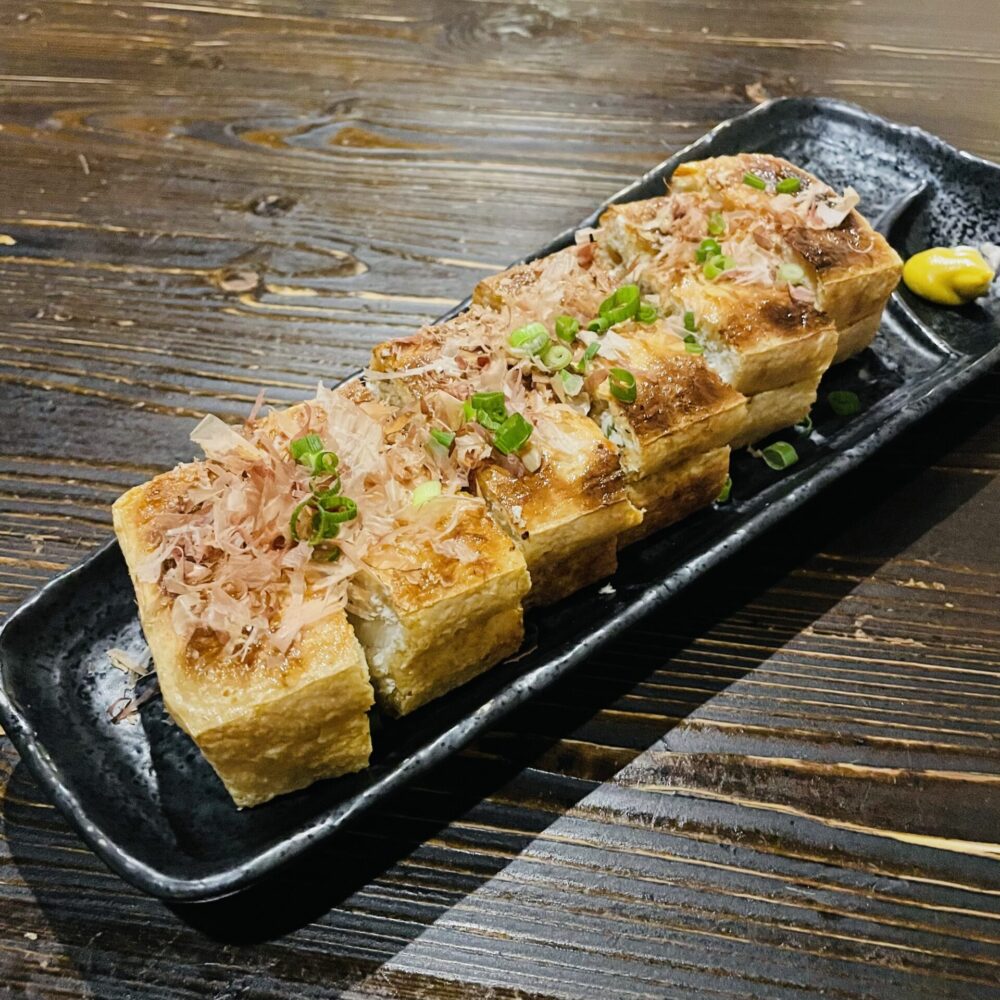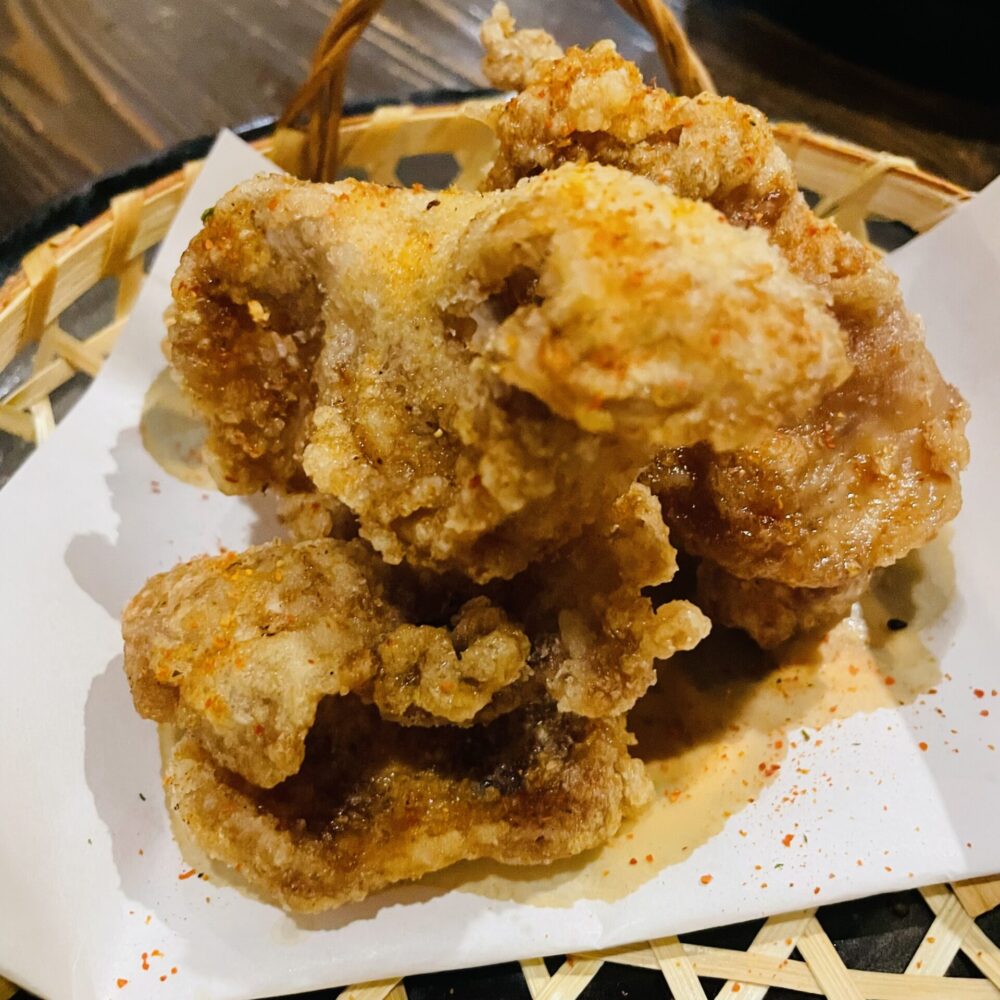Local trains in Ibaraki Prefecture (Kashima Rinkai Tetsudo) (2)
Table of contents
1: Naritasan Shinshoji Temple
2: Katori Jingu Shrine
3: Kashima Jingu Shrine
4: Kashima Rinkai Tetsudo
5: Hitachi Station, Mito Station
4: Kashima Rinkai Tetsudo
After visiting Kashima Jingu Shrine, the train took the Kashima Rinkai Tetsudo to Mito Station. Kashima Rinkai Tetsudo is one of three regional railway operators headquartered in Ibaraki Prefecture (the other two are Kanto Railway and Hitachinaka Kaihin Railway). The operating distance of Kashima Rinkai Tetsudo is 53.0 km from Kashima Jingu Station to Mito Station. The standard journey time is just over one hour, but depending on the time of day, it may take just over one hour and 20 minutes. The fare from the journey’s start to end is 1,590 yen.
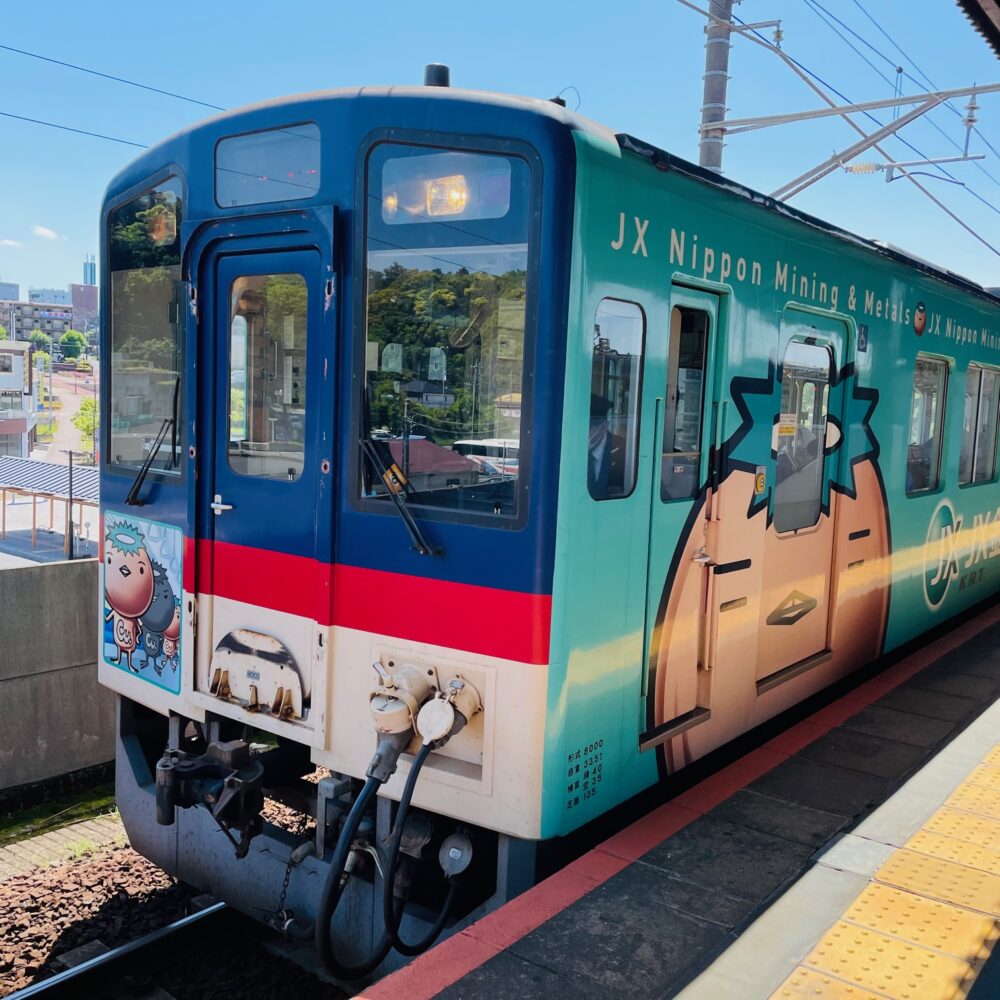
Kashima Waterfront Railway started as a freight line to transport raw materials and other goods to the Kashima Waterfront Industrial Zone and is characterized by the fact that in FY2021, the proportion of revenue from passenger transport was 49%. In comparison, the balance of revenue from freight transport was still significant at 30%. In FY2021, the railway accounted for 92% of revenues, and the company still needs to diversify its business. Like many regional railway operators, Kashima Waterfront Railway is loss-making.
Although the Kashima Waterfront Railway runs along the coastline of the Sea of Kashima, it is several kilometers from the sea, so the sea is hardly visible. If we can see the ocean, many tourists will take the train, but unfortunately, there is nothing that can be done about it, as they cannot change the route now. Most passengers were local people, including high school students who used the train to go to school.
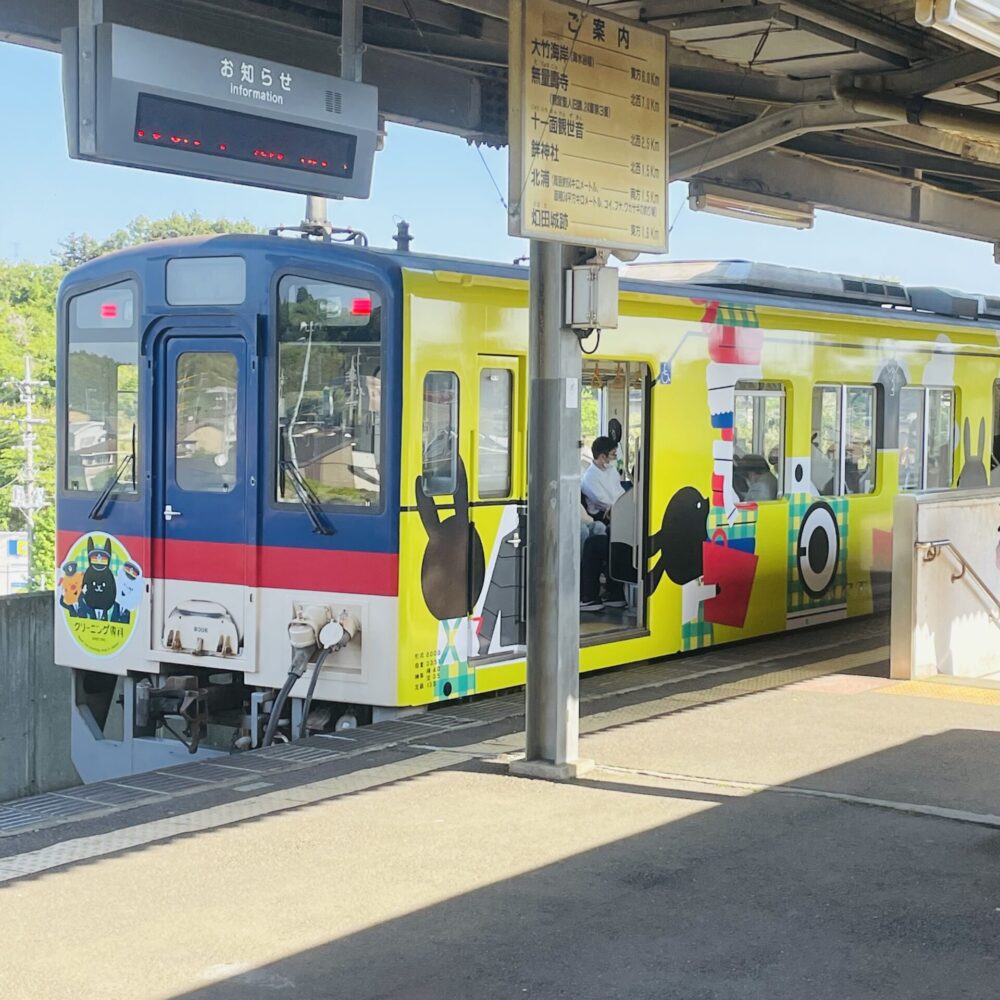
At Oarai Station, where the headquarters of the Kashima Rinkai Railway is also located, they couple trains together during stops. This work is to cope with the increased number of passengers between the Oarai and Mito Stations. Coupling work, while the train stops at the station is scarce.
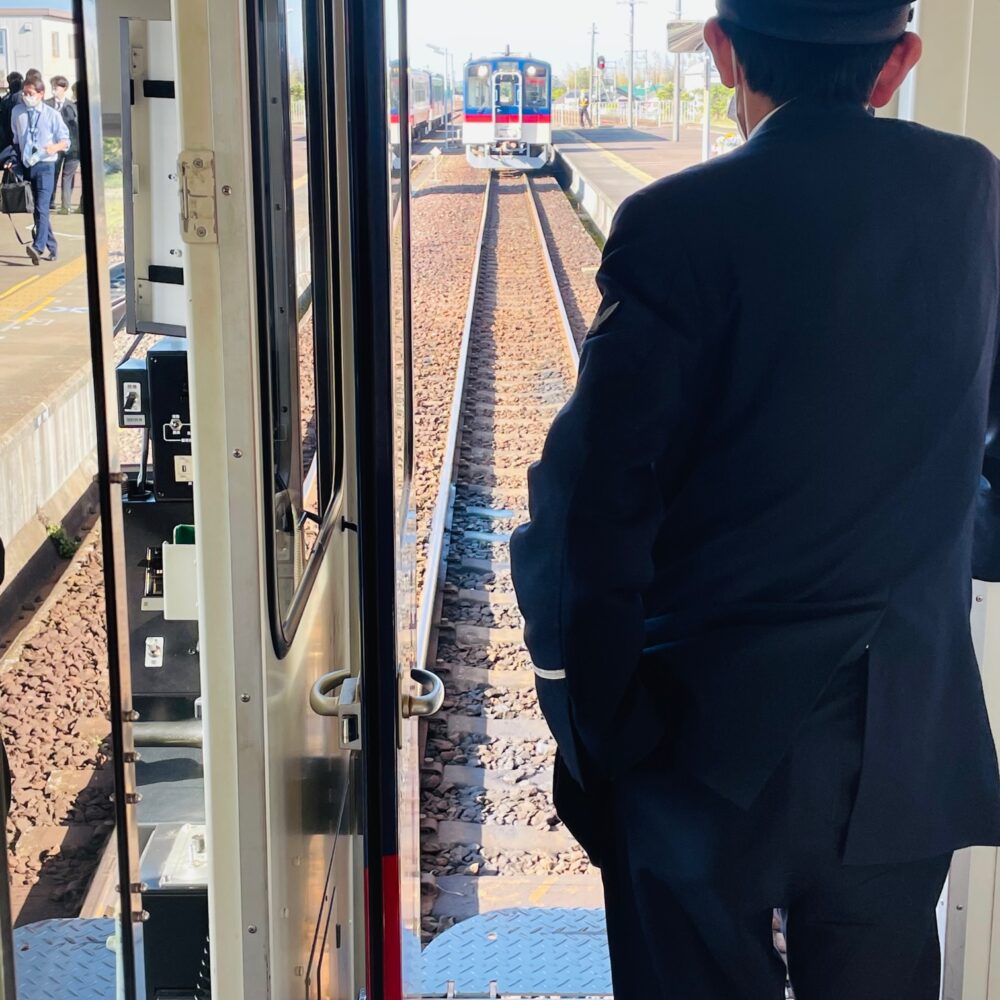
Oarai town was the setting for the popular anime Girls und Panzer. A Girls und Panzer-wrapped train is running on the Kashima Rinkai Railway. Oarai attracts many visitors with the Oarai Kaisen Ichiba, Aqua World Ibaraki Prefecture Oarai Aquarium, and Oarai Marine Tower. I didn’t have time to go sightseeing in Oarai this time.
5: Hitachi Station, Mito Station
After arriving at Mito Station, we took a JR train to Hitachi Station. Because I wanted to see Hitachi Station, this station is famous as one of the most beautiful stations in Japan. Kazuyo Sejima, a world-renowned architect from Hitachi City, designed Hitachi Station. It won the Brunel Prize for Excellence in the Brunel Prize station building category, an international railway-related design competition.
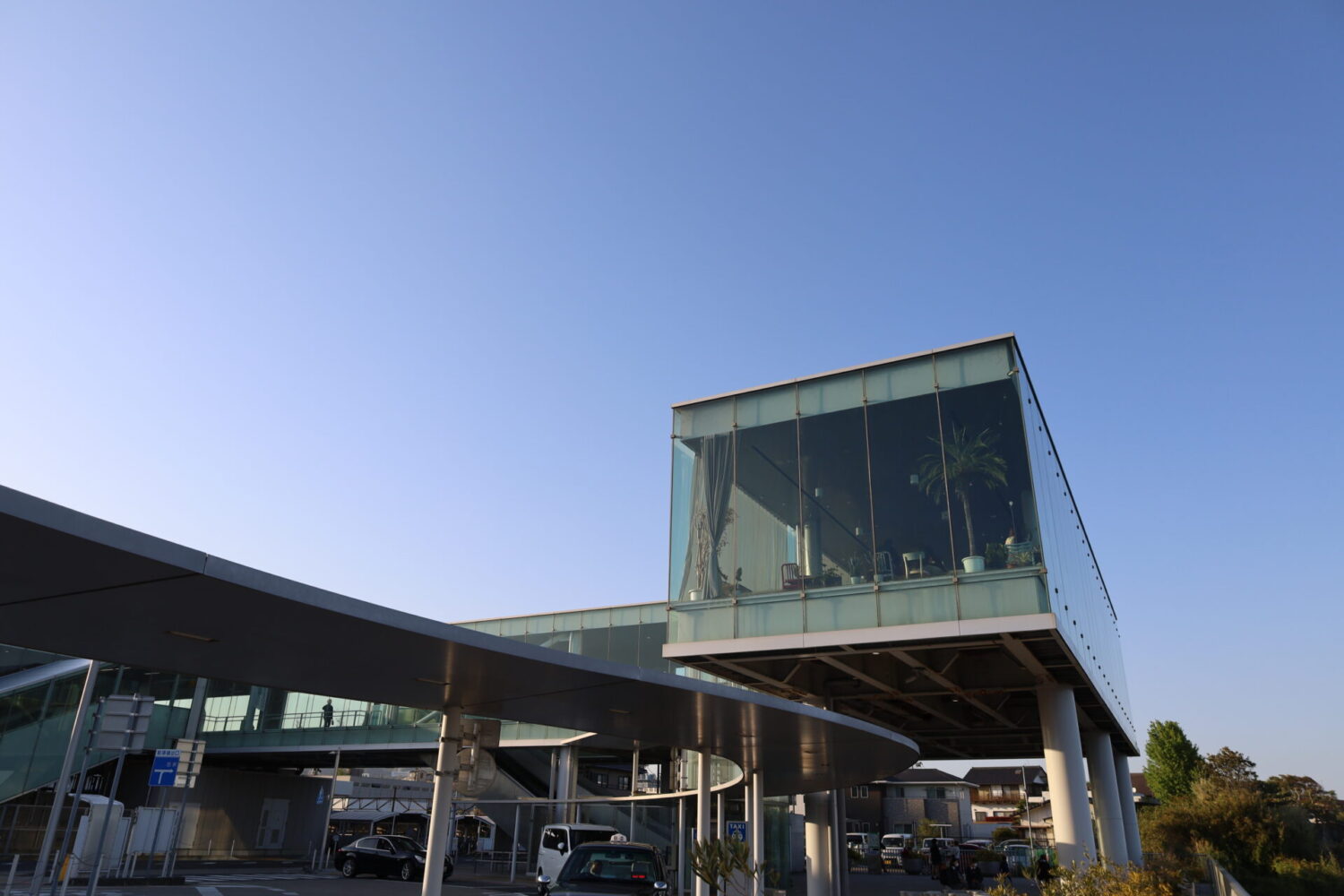
If you are like me, you will enjoy just going to Hitachi Station. We can see the Pacific Ocean from the observation lobby of Hitachi station. There is also a SEA BiRDS CAFÉ next to the observation lobby, where you can eat and drink.
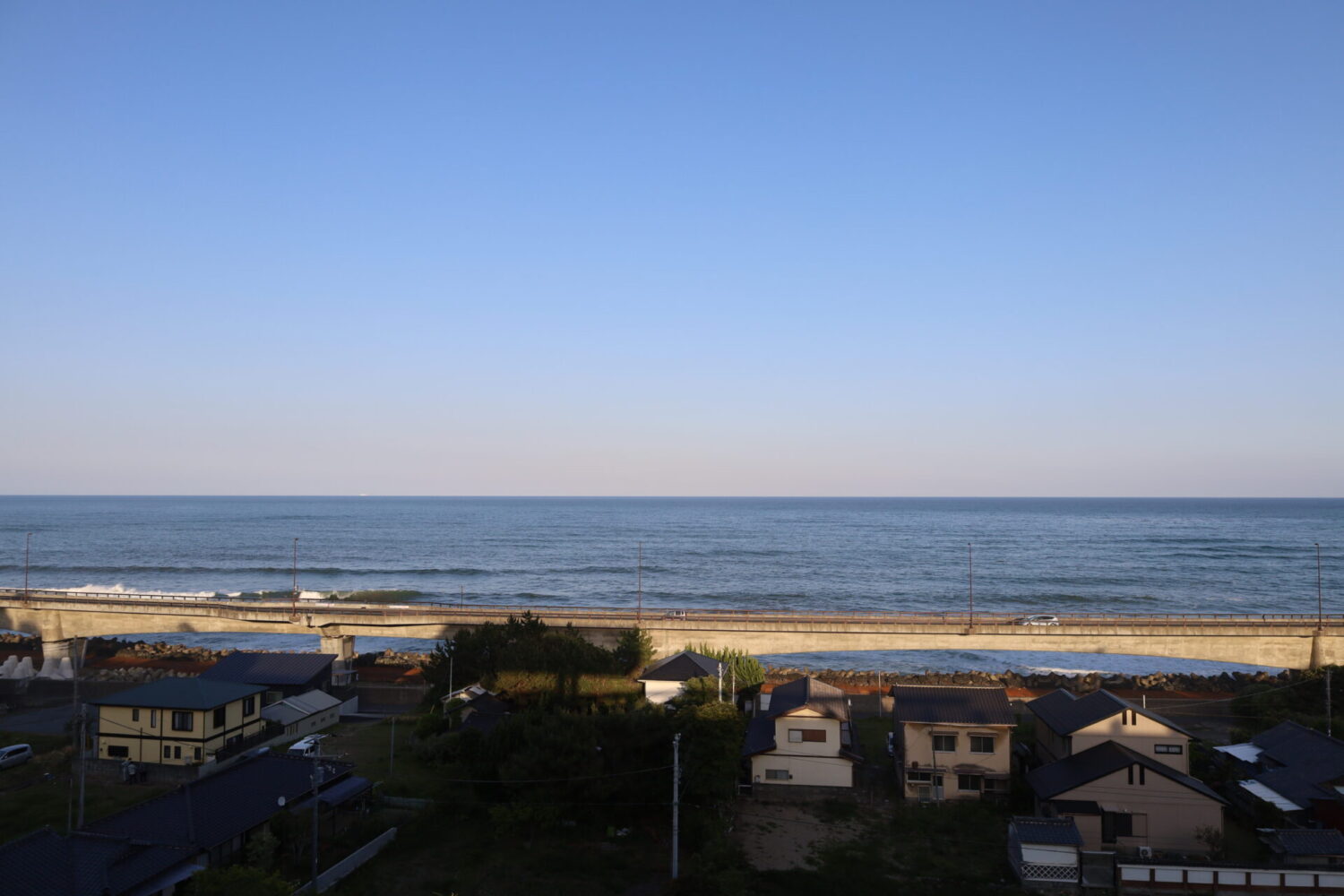

From Hitachi Station, return to Mito Station and drink Ibaraki sake at the Ibaraki Jizake Bar, a standing drinking stand. The Ibaraki Jizake Bar was recently reopened in November 2022. At a low price of 300 yen per cup (including tax), you can enjoy a variety of sake from 35 breweries in Ibaraki Prefecture. This bar is perfect for sake lovers with a wide range of sake snacks, including anglerfish hotpot (winter only) and other dishes from Ibaraki Prefecture. They offer dashi broth free of charge to refresh the palate is also a great idea.


After the Ibaraki Jizake Bar, I met up with a friend for dinner at the Izakaya Hinata. Mito is famous for its natto, fermented soybeans. At Hinata, they served natto dishes such as thick fried tofu with natto sandwiched and a Mito omelet (natto in the omelet). In addition to natto dishes, we enjoyed local delicacies such as fried Tsukuba chicken from Ibaraki. All dishes are tasty and highly recommended at this izakaya.
